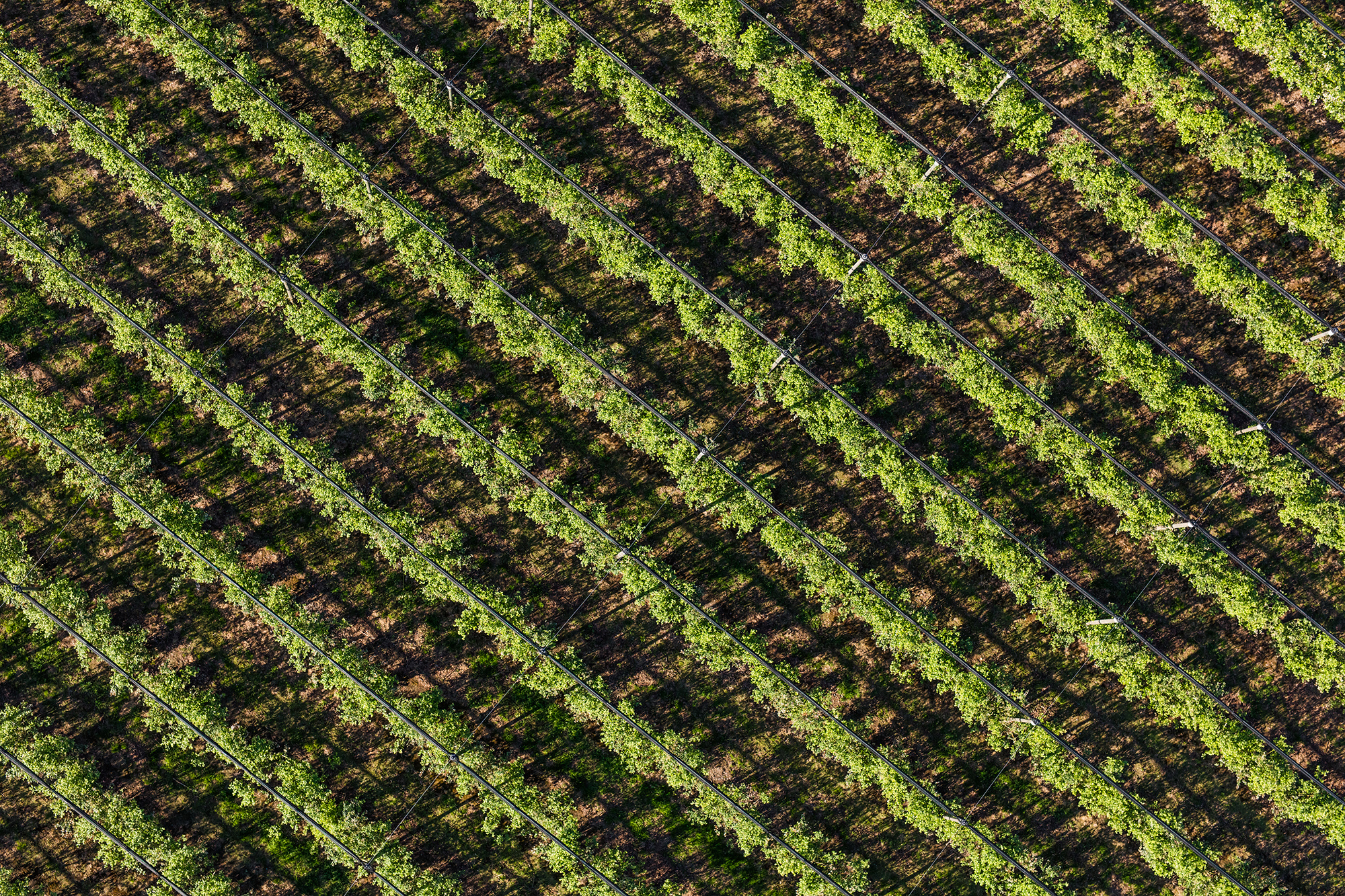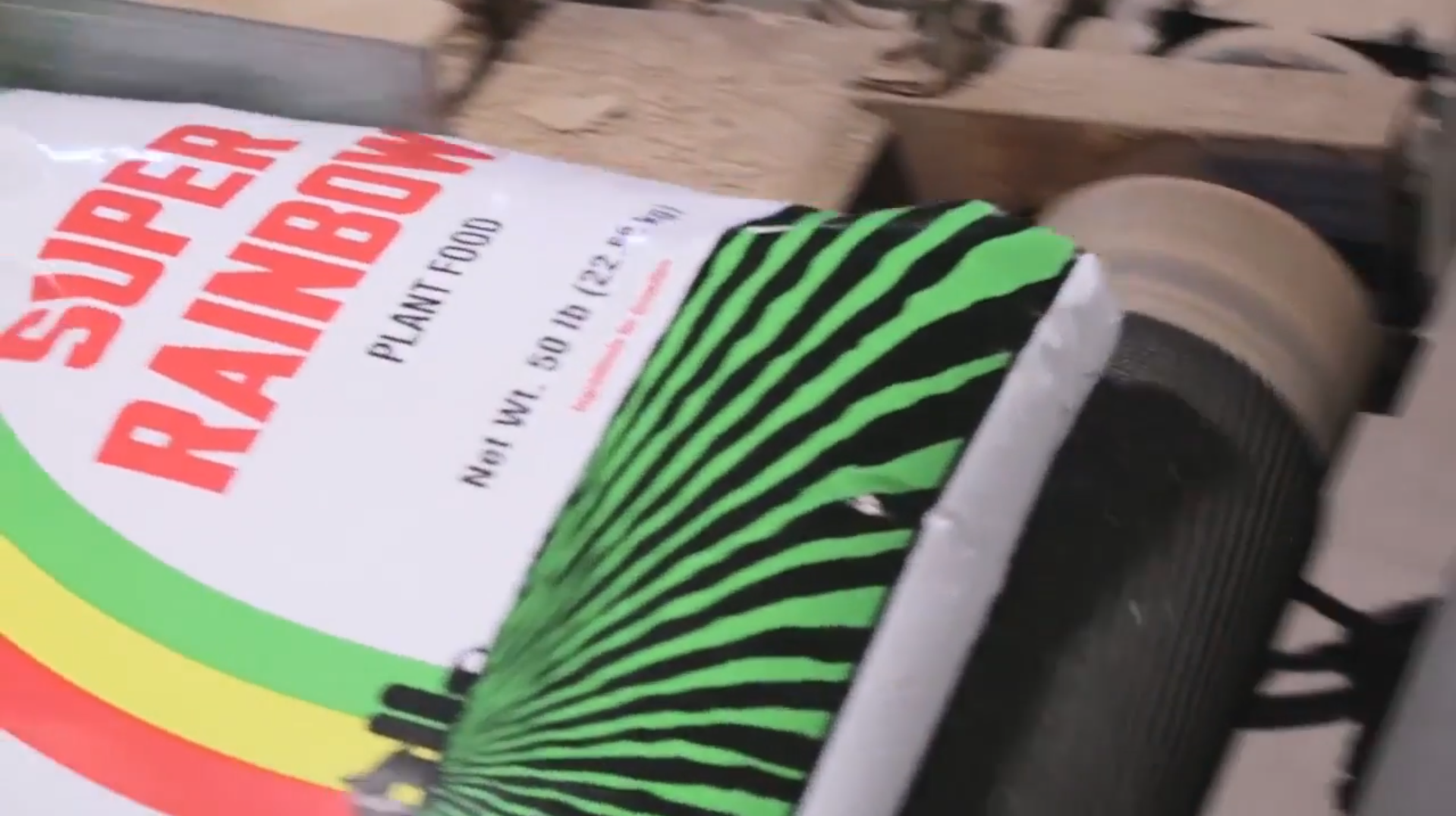Differences Between Blended and Ammoniated Fertilizers
The ongoing demand for higher yields combined with declining soil nutrient levels requires growers to pay more attention to supplementing secondary and micronutrients during planting. The big question is what is the best way to provide these nutrients and ensure your crop is getting what it needs? When discussing dry granular fertilizers, there are two ways to provide these nutrients to your crops – blended and ammoniated.
What is a blended fertilizer?
A blend is made by mixing two or more fertilizer materials. Particles of nitrogen, phosphate, potash, limestone filler, and occasionally small amounts of secondary nutrients and micronutrients are mixed together.
What is an ammoniated fertilizer?
In ammoniated fertilizers, materials supplying nitrogen, phosphate, potash, secondary nutrients and micronutrients are chemically combined into one solid granule. The granules’ size, shape and density are closely controlled so that each granule has consistent percentages of each nutrient.
Because the nutrients in a blend are only mixed together physically, they can segregate during transportation, handling and application, resulting in uneven distribution in the field. With ammoniated fertilizer this distribution breakdown is not possible because the nutrients are chemically combined, resulting in a consistent application for your crops.
Key differences between blended and ammoniated fertilizers:
- Ammoniated fertilizers contain all nutrients in every granule and therefore eliminate segregation that may occur in blends of varying granule size and density and inadequate mixing.
- Ammoniated fertilizers ensure small quantities of micronutrients are uniformly mixed and remain uniformly distributed throughout the fertilizer and across the field. Adequate mixing and uniform distribution can be difficult to attain in blends combining materials of different densities and sizing.
- Immobile nutrients (such as P, K, Zn, Mn, Cu, and others) move only very short distances from the fertilizer granule over the course of a growing season and must be close to plant roots to be available. The zone of nutrient absorption for immobile nutrients is only soil in proximity to the root surface – within the range of diffusion for a particular nutrient.
The Rainbow Plant Food advantage:
Rainbow Plant Food is an ammoniated, granular fertilizer. Precise amounts of primary, secondary and micronutrients are chemically compounded to form a homogeneous mixture. As a result, each granule contains similar amounts of all the ingredients. Granules are uniform in size, shape and weight, so the fertilizer spreads evenly. Every plant across the field receives the necessary nutrients regardless of application method.
Test Your Soil
Maximum economic yield begins with a soil test to determine key soil nutrients your crops need. Your own experience, combined with soil testing is the first step to achieving a high yielding, high grading crop. Regular soil testing and the use of the appropriate Rainbow Plant Food grades will help you achieve complete nutritional balance for your crops.
Rainbow benefits are greatest for:
- Suboptimal soil nutrient levels
- Immobile nutrients such as P, K and micronutrients
- Nutrients applied at low rates
- Root limiting conditions
- Tap-rooted crops with limited early-season lateral roots
- Small plants with limited root systems
For more information about how Rainbow Plant Food is made, click here.
If you have questions or comments, connect with us on Twitter @Rainbow_Plant.


